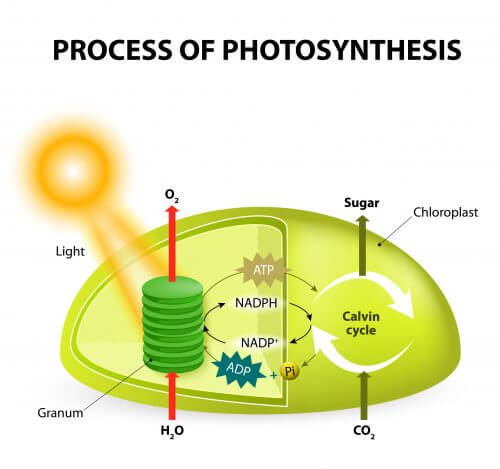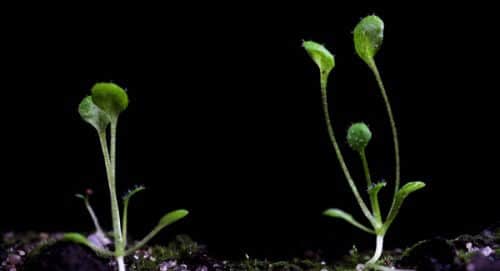When driving a car, it is not recommended, to say the least, to press the gas pedal and the brakes at the same time. But the scientists of the Weizmann Institute of Science discovered that this is exactly how plants behave in some of their vital processes.

When driving a car, it is not recommended, to say the least, to press the gas pedal and the brakes at the same time. But the scientists of the Weizmann Institute of Science discovered that this is exactly how plants behave in some of their vital processes.
Prof. Avihai Danon From the Department of Plant and Environmental Sciences and the members of his group, the post-doctoral researcher Dr. Erez Eliyahu and the research students at the time Ido Rog and Anbal Dangur examined the mechanisms that control the plant in the production of starch, the most common carbohydrate in human food that is found in large quantities in basic foods such as rice, potatoes and corn. The plant begins to produce starch at the moment when sunlight activates photosynthesis in the morning and stops production in the evening.
The molecular switch that activates the production of starch has been known to science for about 40 years. It is an enzyme that is activated, through a series of control proteins, by receiving electrons created in the photosynthesis process. In a new study, recently published In the scientific journal Records of the American Academy of Sciences, PNAS, the scientists of the institute reported that they discovered the off switch for this process, in experiments on a plant similar to mustard, called Arabidopsis, by which the enzyme loses electrons and ceases to function. They deciphered the chain of molecular events leading to the shutdown: the reduction of light causes a small signaling protein called ACTH4 to lose electrons, which causes it to send a "stop" signal to the enzyme responsible for producing starch.
The ability to quickly stop the production of starch when necessary is essential for the proper functioning of the plant's mechanisms. This production must stop when the light stops, so that during the night the plant can break down the starch and use the break down materials for growth and development. If the production does not stop, the plant may enter a sterile and wasteful cycle in which it will continue to assemble the starch back from its decomposition materials instead of using them for the needs of existence, growth and development.
The scientists who examined this switch-off mechanism were in for a surprise: the switch-off mechanism remains active at a low level throughout the day even when the sun is shining and photosynthesis is active. It's as if the plant manages its starch production by pressing the gas pedal and the brakes at the same time: it activates the production but also slows it down. When the scientists removed the "brakes" from the plant through genetic engineering, the production was increased by almost 20%. This indicates that the efficiency of starch production is only about 80% because the "brake pedal" is active all the time. In the future, it may be possible to increase starch production in agricultural crops based on the new insights.

Why do plants work in such an inefficient way? The scientists believe that this seemingly wasteful approach is actually an integral part of an evolutionary adaptation mechanism. Since the intensity of light and photosynthesis sometimes change rapidly during the day, the plant must change its metabolic rate accordingly. Thus, the rate of starch production must be adjusted to the intensity of photosynthesis, so that the energy-charged substances created through it find quick use - otherwise, large amounts of active oxygen molecules called free radicals, which are created as a byproduct of photosynthesis, will quickly accumulate and cause damage to the plant.
The double pressing of the gas and brake pedals allows the plant to quickly and precisely control the production of starch - by means of the relative adjustment of the intensities of pressing the two "pedals". Furthermore, the slight and constant pressing of the "brake pedal" leaves room to accelerate production when the sunlight suddenly intensifies. In their experiments, the scientists found that when the light intensity suddenly increased, the starch production also increased accordingly.
If the plants were to manage their starch production at maximum efficiency all the time, they would not be able to increase it at the required rate and would die from excess free radicals during a sudden increase in photosynthesis. Pressing both pedals at the same time is part of the mechanisms that have allowed plants to survive for hundreds of millions of years in an environment that often changes unexpectedly.

One response
Wow!! Amazing!!!